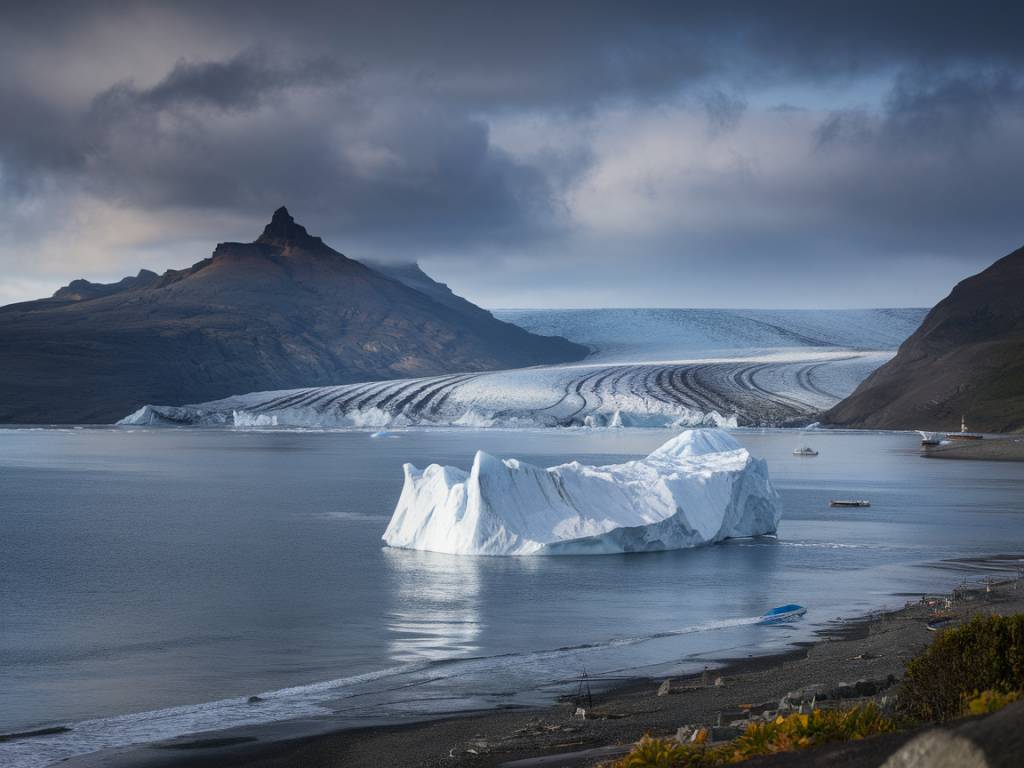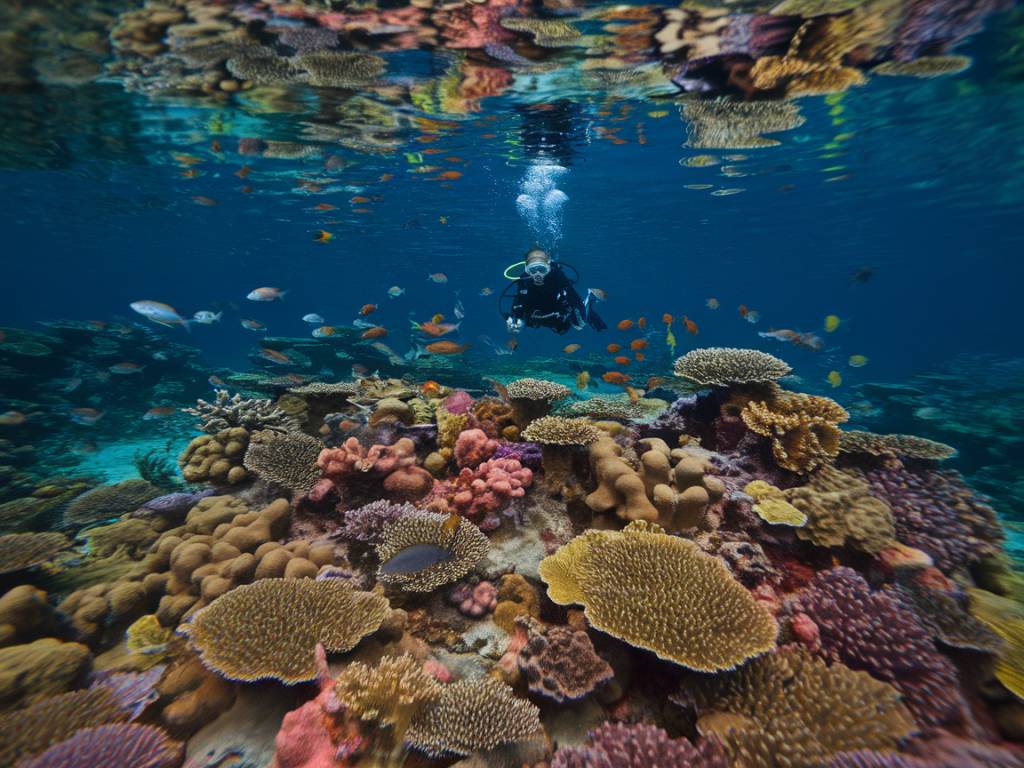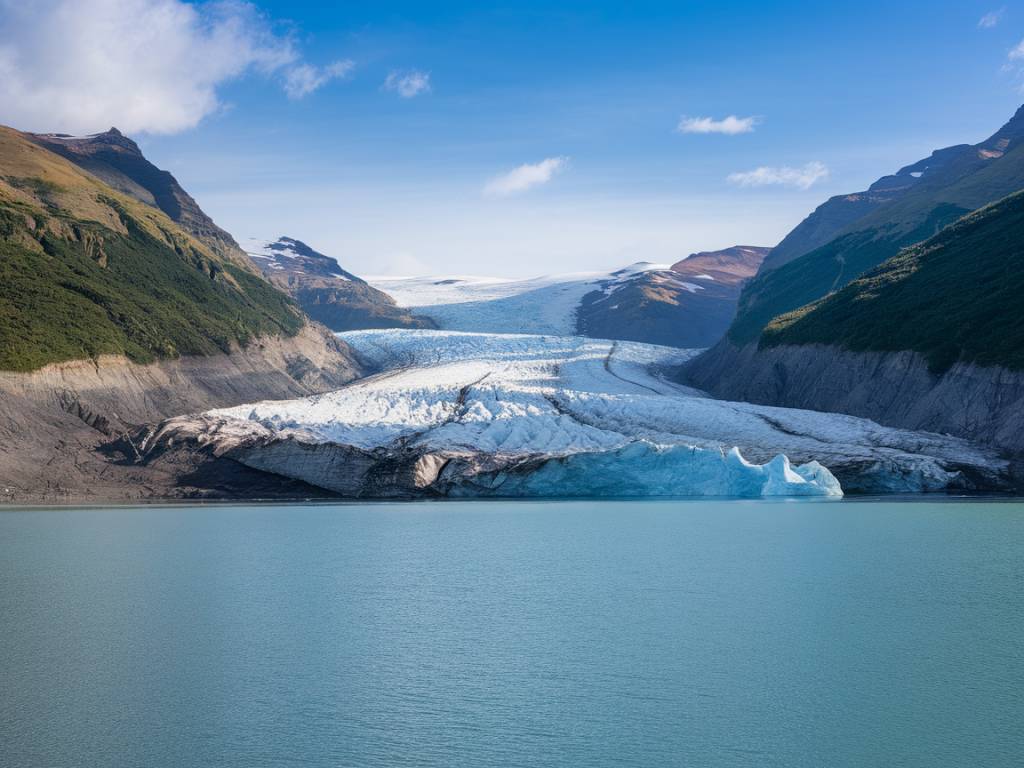As climate change intensifies, its effects ripple across the globe, creating drastic transformations in Earth’s ecosystems and thereby accelerating species extinction at an alarming rate. The intricate tapestry of life on Earth is unraveling, and the consequences are far-reaching. But how is this happening? What are the mechanisms by which climate change is propelling species towards oblivion?
The Accelerating Tempo of Change
Climate change is not a distant threat; it is a current reality that is reshaping habitats and dictating the future of both flora and fauna. As temperatures rise, ecosystems that have developed over millennia are being forced to adapt at unprecedented speeds. For many species, the rate of change is simply too rapid, leading to a struggle for survival.
Consider the plight of polar bears. With the Arctic warming approximately twice as fast as the global average, sea ice is melting at an alarming pace. This vital ice is not only a platform for hunting seals but also an essential environment for breeding and resting. As the ice diminishes, polar bears face a grim future, highlighting the precarious nature of species dependent on specific habitats.
Habitat Loss and Fragmentation
One of the most significant impacts of climate change on biodiversity is habitat loss and fragmentation. Rising temperatures and changing precipitation patterns are altering habitats beyond recognition. Forests, wetlands, and coral reefs are either shifting or disappearing, taking with them the unique species that call these places home.
Coral reefs, often dubbed the « rainforests of the sea, » are under siege from warming oceans. Increases in sea temperature lead to coral bleaching, a phenomenon where corals expel the algae (zooxanthellae) living in their tissues, causing the coral to turn white and, more importantly, lose a crucial energy source. The Great Barrier Reef, visible from space and a UNESCO World Heritage site, has experienced significant bleaching events, underscoring the vulnerability of such ecosystems.
Disruption of Food Chains
Climate change impacts ecological relationships by disrupting food chains. When a particular species struggles to survive due to environmental changes, the species that predate on it or rely on it for food are also affected. This domino effect cascades through the ecosystem, with unexpected and often severe consequences.
Take for instance the case of the pika, a small mammal found in North America’s mountainous regions. As temperatures rise, pikas are forced to move to higher elevations in search of cooler climates. However, this upward migration often leaves them with fewer food sources, which, in turn, affects their predators. The disruption in this small corner of the world reflects a larger narrative unfolding across the globe.
Phenological Mismatches
Another less visible but equally devastating consequence of climate change is phenological mismatches. These occur when climate change alters the timing of natural events, such as migration or breeding, resulting in a mismatch between the life cycle of a species and the availability of resources.
For example, many bird species time their migration and breeding to coincide with peak availability of insects and other food resources. However, as temperatures rise, plants and insects are emerging earlier in the season. Birds that do not adjust their migration schedules in time face food shortages, impacting their reproductive success.
The Role of Invasive Species
Climate change can also encourage the spread of invasive species, which further threatens native biodiversity. As temperatures rise and habitats shift, invasive species can colonize new areas more easily, out-competing native species for resources and altering ecosystem dynamics.
The spread of the pine bark beetle in North America illustrates this concept. Warmer winters fail to limit their population, allowing beetles to decimate vast swathes of pine forests. This not only affects the trees but also all the wildlife that depends on those forests, showcasing how invasive species can exacerbate extinction pressures under climate change.
What Can Be Done?
Facing this daunting challenge requires a concerted global effort. Conservation strategies that address the impending threats of climate change are imperative. Protecting and restoring habitats can provide refugia for species, while more sustainable land-use practices can mitigate some of the pressures.
- Implementing protected areas that are climate-responsive, meaning they take into account future climate projections, can safeguard biodiversity.
- Enhancing ecological corridors helps species move in response to shifting climates, giving them a chance to find suitable habitats.
- Conservation efforts should focus on genetic diversity to improve species’ adaptability to changing climates.
Innovation in technology and research also plays a critical role. Satellite monitoring, GIS mapping, and climate modeling can provide valuable insights and guide targeted actions to mitigate these impacts.
Ultimately, reducing greenhouse gas emissions to curb climate change is fundamental. International agreements and policies, such as the Paris Agreement, aim to limit global warming, but time is of the essence. Each degree of warming avoided could make the difference for countless species on the brink.
A Collective Responsibility
The responsibility to address climate change and prevent further loss of biodiversity lies with us all. While individual actions might seem a drop in the ocean, collectively, they have the power to drive significant change. From supporting sustainable products to advocating for climate policies, every action counts.
Climate change, though a formidable adversary, offers an opportunity for humanity to unite in the preservation of our planet’s rich biodiversity. By understanding the mechanisms at play and taking action, we can offer a glimmer of hope for the world’s most vulnerable species.
After all, in saving them, we are, in essence, saving ourselves.



